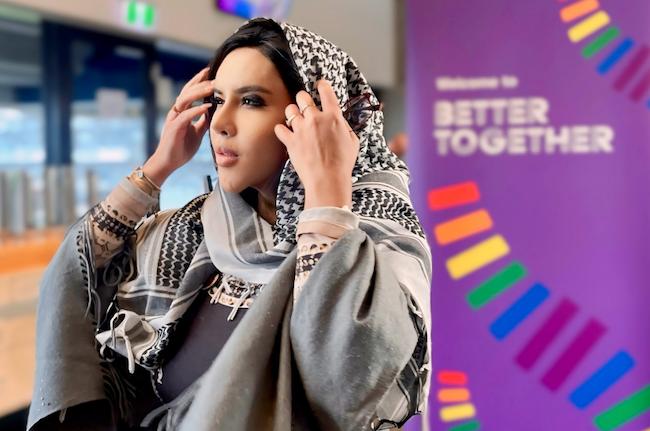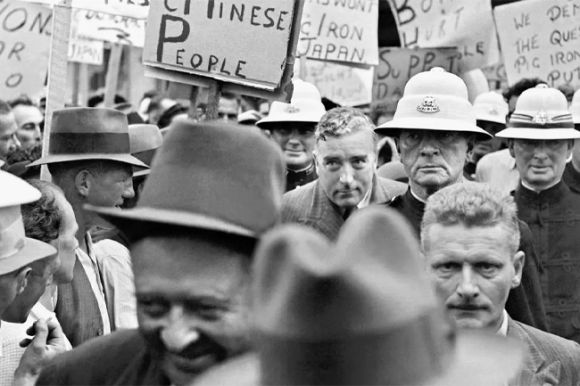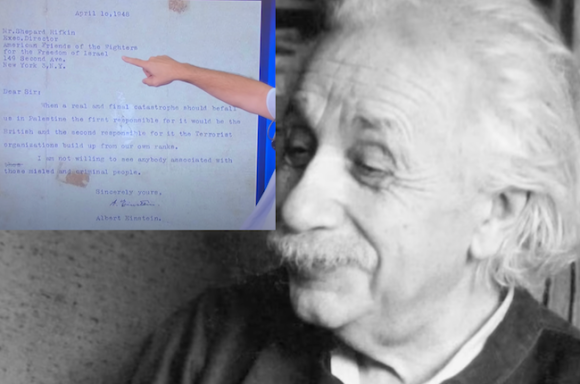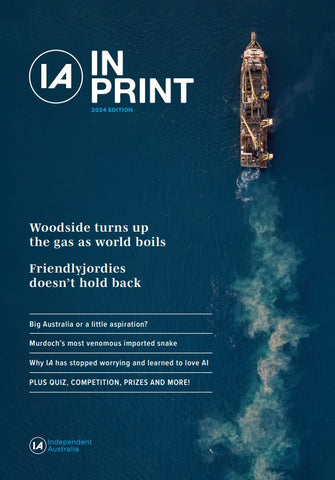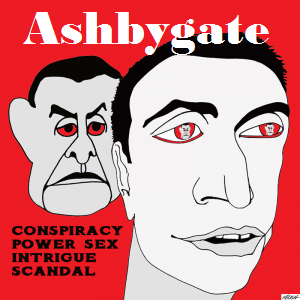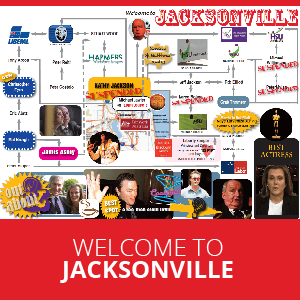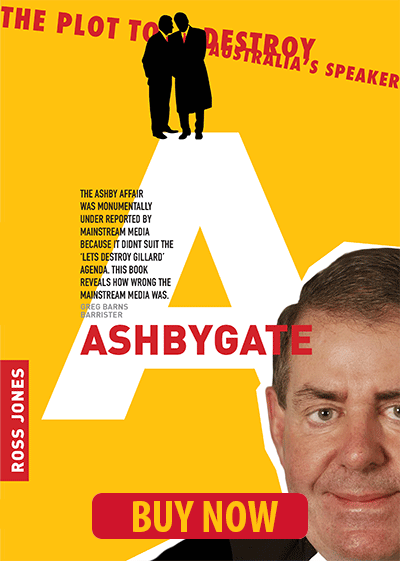'Nothing prepared me for being accused of causing harm by wearing a Palestinian keffiyeh at a queer displacement conference', writes Aisya Zaharin.
FOR MANY OF US, the keffiyeh is a symbol of resistance, a thread in a global fabric of solidarity against Israeli oppression. Yet for some Iranians, that same scarf sparked anguish; they claimed it was the banner of the regime’s militias, the Islamic Revolutionary Guard Corps (IRGC) that killed their families. In a heartbreaking collision of trauma, they asserted that my symbol of solidarity was their trigger, and that trauma-informed practice demanded its removal. Suddenly, our shared language of liberation had fractured into a painful dichotomy.
In that instant, I saw how trauma can be twisted into a political weapon. To wield one group's pain as a tool to erase another's struggle is far from justice, it erodes the very purpose of healing. It then demands of us a critical self-reflection: to what extent can one narrative of suffering be mobilised to legitimise silence toward another? It also reflects the mechanism of pink washing, the weaponisation of queer trauma to obscure, and even excuse, ongoing colonial violence.
To collapse the keffiyeh into the Iranian regime’s brutality is no different from collapsing Islam into ISIS, or Jewish identity into the Israeli war machine. When a resistance symbol is misread as oppression, we risk losing our moral compass and distorting the very lessons history offers us.
Such selective trauma recognition greatly echoes the manner in which Western feminists and U.S.-endorsed figures appropriate Women, Life, Freedom while overlooking the suffering of Palestinian women. It exposes a selective morality, thereby reproducing the pernicious logic that “my pain is sacred; yours is disposable”.
A genuine social empathy requires an understanding of diverse lived experiences, the ability to see within the structures of systemic inequality that shape others’ realities. When trauma-informed practice demands the erasure of others’ symbols of liberation in the name of safety, it ceases to function as empathy. Instead, it becomes a tool of silencing; censorship disguised as self-care.
Colonial mimicry and postcolonial performance
I have also observed, with unsettling irony, the Iranian and Israeli flags displayed in unison as they elevate deceased Iranian woman Mahsa Amini as the archetype of “brown women resisting barbaric brown men.” Yet they are conspicuously silent in the face of Palestinian women’s dispossession, bombardment, and starvation.
This asymmetry reflects what Indian physicist Homi Bhabha identifies as colonial mimicry: the subaltern permitted to display pain and resistance; almost, but not quite, provided such narratives reinforce Western fantasies of liberation.
There, at the queer displacement conference panel, I observed this dynamic in practice. A white man showcased a queer Afghan woman his “philanthropic” organisation claimed to have “rescued", while weaving America’s story as the benevolent guardian of democracy. Such performances also reproduce what British author Rudyard Kipling described as the white man’s burden, reframed through Samuel Huntington’s “Clash of Civilizations” and adapted for queer audiences. For those unfamiliar with the U.S. imperialism, the performance could easily convince that the West nobly “saves” brown queer bodies from the “barbaric Muslim.
In Judith Butler’s post-colonial performance critiques, this selective recognition of suffering reveals the deep entanglement of empire power with narratives of liberation; where imperial recognition decides whose lives are worthy of mourning, and whose must vanish into silence. Within the brutal hierarchy of imperial imagination, Women, Life, Azadi is the “good” suffering: digestible, Instagram-ready, compatible with Washington’s interests. Palestinian women’s grief, by contrast is inconvenient, ungrievable and too disruptive to Western geopolitical appeals.
“I have access to Biden,” he declared, as if that connection were a moral credential. In that moment, I felt the silent scream of complicity closing in.
Human rights as imperial currency
Human rights for the Global South have long served as an imperial currency: traded, weaponised, or withheld to consolidate Western power. Who can forget when the U.S and its allies toppled democratic elected leaders like Thomas Sankara in Burkina Faso (1987), Mohammad Mossadegh in Iran (1953), Salvador Allende in Chile (1973) and Mohamed Morsi in Egypt (2013). And in their place they installed obedient puppets: the Shah of Iran, Pinochet military juntas in South America, Mubarak and now Sisi in Egypt.
From the vacuum of these destroyed democracies, radicalism inevitably grew. The West then feigned surprise, framing extremism as a primordial evil rather than the direct consequence of its own meddling. When the monsters born in the CIA's nursery (like the mujahideen of Operation Cyclone) evolve into ISIS and the Taliban to overthrow a democratic government, it sets the stage for decades of conflict. And look at Syria today, the proxies and former ISIS elements now serve as America’s strategic leader, thanks to the CIA covert Operation Timber Sycamore.
After toppling the leaders and sanctioning these countries, the imperial power then send troops on "peacekeeping" missions to combat the very monsters they helped create. The goal was never to win a war but to engineer perpetual instability, an imperial self-justifying cycle of violence that feeds their Military-Industrial Complex. To further sanitise this project, they prop up curated human rights “advocates” from occupied nations, using them as props in their paternalistic white saviour narrative.
Acknowledging this history would demand real accountability, but it is far easier to deny it and perpetuate cognitive dissonance: weaponising trauma to sanctify the pain that flatters empire, while railing against extremism without acknowledging the imperial soil from which it grew.
Ultimately, we should not make shrines of our suffering. We must tear down the altars that the empire builds for us while they commodify our grief to justify their imperialist structure, that also designed to pit us against each other (read: divide and conquer). For oppression anywhere is a threat to justice everywhere. And until we stop letting our trauma be weaponised against one another, liberation for all of us will remain liberation for none of us.
Aisya Zaharin is a PhD researcher, award-winning trans rights advocate, and member of the Australian Human Rights Commission’s Trans and Gender Diverse Expert Advisory Committee.
 This work is licensed under a Creative Commons Attribution-NonCommercial-NoDerivs 3.0 Australia License
This work is licensed under a Creative Commons Attribution-NonCommercial-NoDerivs 3.0 Australia License
Support independent journalism Subscribe to IA.

Related Articles
- CARTOONS: Australia takes a stand
- The moral cleansing has commenced for ultra-Zionists and their lackeys
- Chasm between liberal values and action exposed again
- New report highlights torture of detained healthcare workers in Palestine
- Senators and MPs encouraged to educate themselves on Palestine


